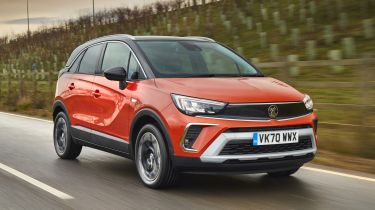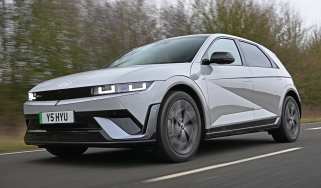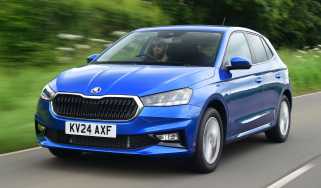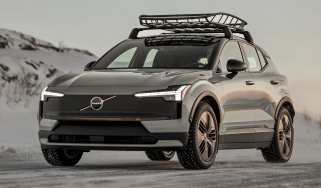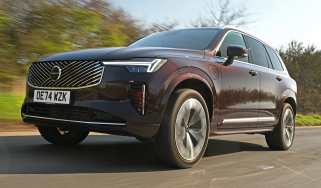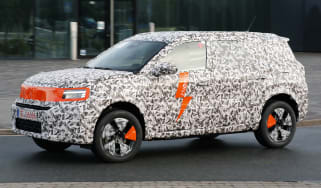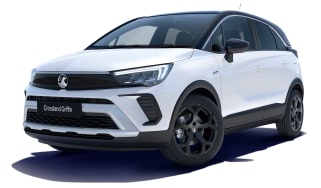Vauxhall Crossland SUV review
"The Vauxhall Crossland is practical and comfortable, but it’s let down by an underwhelming driving experience"
Pros
- Good value compared to rivals
- Spacious and comfortable
- Eager 1.2-litre petrol
Cons
- AEB is a cost option
- Wind noise at speed
- Steering too sensitive
The Vauxhall Crossland is the firm's smallest SUV offering and provides would-be Vauxhall Astra or Corsa buyers with a fashionable crossover alternative.
A major 2021 facelift saw the Crossland drop the ‘X’ from its name while also gaining the striking 'Vizor' front end seen on the Vauxhall Mokka, which forms the brand's latest family face. The car’s redesign also added lashings of tough plastic cladding around the wheel arches, sills and bumpers to make the Crossland look more like an SUV than a small hatchback. It's a similar look to the Citroen C3 Aircross, which shares many of the Crossland’s hidden parts.
Despite these efforts, there are definite shades of people-carrier to it. Indeed, it’s not hard to see it as the Vauxhall Meriva replacement it really is – especially if you imagine the pieces of black plastic trim at the bottom of its doors are body-coloured. Still, the Crossland comes with a range of reasonably frugal petrol and diesel engines, has comfortable seats, excellent interior proportions and an easy-to-use dashboard.
Compared to its immediate rivals, the Crossland isn't going to trouble the Ford Puma for driving fun, but its suspension has been made firmer than before to boost stability when cornering. It also falls quite a long way short of the Volkswagen T-Cross for ride quality - bumps around town can cause the Vauxhall to feel unsettled. Meanwhile, any prominent side winds that present themselves can cause more buffeting than is ideal on exposed motorways.
In early 2022 Vauxhall slimmed the Crossland lineup to just three trim levels, with the current options being Design, GS Line or range-topping Ultimate trim. Prior models can be found in SE Edition, SRi Edition, Elite Edition and Ultimate trim levels and many of the engines from these models can be found in the current models. The 1.2-litre three-cylinder turbocharged petrol engine – which produces either 108 or 128bhp – is gutsy and easy to recommend. The 1.5-litre diesel engine is also a decent option for high-mileage drivers. Other positives include a generous list of standard equipment, an easy to use infotainment system and a well-sized boot.
You sit reasonably high in the Crossland compared to a conventional hatchback, and the windscreen is large so forward visibility is excellent. The rear is also easy to see out of, save for fairly significant blind spots created by the wide pillars between the rear doors and the boot; these mean you need to take extra care when changing lanes on the motorway. You can’t get blind-spot monitoring on the Crossland, either.
The Crossland hadn’t been on sale long enough to appear in our 2021 Driver Power ownership survey. However, it shares its platform and some internal parts with the previous-generation Peugeot 2008, which finished 35th out of 75 cars in our 2020 survey. The Crossland was awarded a five-star Euro NCAP score when it was tested in 2017.

